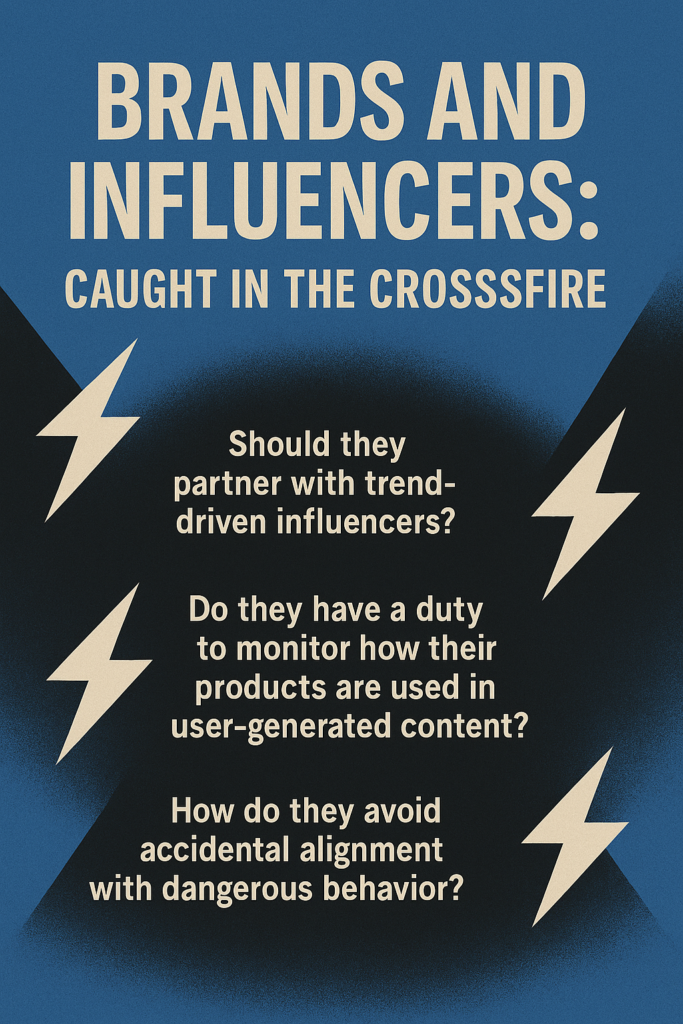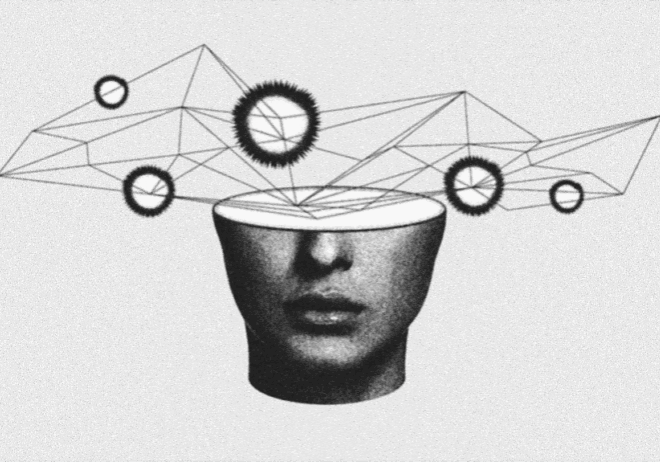
The Dark Side of Viral Challenges: When Social Media Trends Go Too Far in 2025
We have all witnessed a fitness trend, ridiculous dance, or quirky challenge go viral overnight. Viral challenges on social media can start off as harmless fun, bringing people together in unexpected ways. The problem is that not all of them remain humorous.
Certain trends take a negative turn, encouraging people, particularly teenagers, to pursue likes at the expense of their safety, well-being, and occasionally even their lives. It’s the rush of going viral, the thrill of getting noticed, and the fear of missing out that fuels this fire. What begins as a game can quickly become a risky dare. And in 2024 and 2025, we’ve seen that danger unfold in real time.
So, what’s going on behind the screen? Let’s unpack the negative aspects of these viral social media challenge moments and why we should begin to wonder what we’re tapping into.
From fun to fatal: A shift in the trendline
Not all social media challenge trends are bad. Some raise money, boost creativity, or simply—like the wholesome Ice Bucket Challenge from earlier years. But with the rise of platforms like TikTok, YouTube, and Instagram Reels, they spread and mutate at lightning speed.
For example, in 2024, streamers who broadcast live on Twitch and YouTube stayed up for days at a time, a fad known as “No-Sleep Streams.” One streamer, Norme, pushed nearly 11 days (264 hours!) without sleep before being taken down, showing hallmarks of severe sleep deprivation: hallucinations, incoherence, and ultimately platform bans.

This isn’t harmless endurance; it’s a dangerous stunt that can cause serious cognitive harm and even long-term brain damage—potentially life-threatening.
Viral isn’t always vital: The real-world toll
Even though these viral social media challenges may receive millions of views, there are increasingly real-world repercussions behind the scenes. These are a few of the more alarming instances from 2024 and 2025 that highlight how dangerous situations can get.
Here are a few recent instances of social media viral challenges gone wrong:
The “Sleepy Girl Mocktail” Trend
Promoted as a wellness hack, this trend encouraged mixing tart cherry juice with magnesium for better sleep. Teens, however, went too far and ended up in the emergency room after taking too many pills. Some even mixed it with Benadryl, leading to seizure-inducing overdoses. The number of connected calls increased by 35%, according to U.S. poison control centers.

“Dry Scoop Reboot” Challenge
Back from the dead, this fitness trend saw users dry-scooping excessive pre-workout powder on camera. Heart palpitations, vomiting, and ER trips are all part of the experience of becoming viral.

Why are we so hooked on risky trends?
Peer pressure isn’t the only factor at work; psychology is also involved. The excitement, likes, and FOMO all contribute to the rapid spread of viral social media challenge trends. Every dangerous task has a powerful concoction of psychological triggers:
- Social validation: When likes equal approval, it’s hard to say no to risky behavior, especially when others are cheering you on.
- FOMO (Fear of Missing Out): If everyone’s doing it, you don’t want to be left out—even if your gut says it’s dangerous.
- Algorithmic addiction: Platforms are made to reward outrageous content, which leads to algorithmic addiction. The more shocking or extreme, the more it gets pushed to the top of the feed.
One recent Pew Research Center survey found that 48% of teens (ages 13–17) say social media has a mostly negative effect on their age group. That makes it clear: many young users recognize the dangers, even if they still get drawn in.
Who’s to blame: Users, platforms, or algorithms?
There are no simple answers to this complex question.
Platforms like Instagram and TikTok are often more reactive than proactive. Even with improved moderation tools in 2025, such as AI-powered content screening and in-app safety warnings, many dangerous trends continue to slip through the cracks.
TikTok’s CEO addressed concerns during a U.S. congressional hearing in March 2023, following rising scrutiny over harmful content on the platform:
“There are more than 150 million Americans who love our platform, and we know we have a responsibility to protect them,”said Shou Zi Chew, defending TikTok’s safety efforts. “We are committed to keeping safety – particularly for teenagers – as a top priority for us.”
Yet, the platform’s “For You” algorithm amplifies shocking videos because shock equals shares. Creators, too, bear a slice of responsibility. Many know the risks but push ahead anyway, driven by sponsorship deals, follower growth, or ego.
And when creators with millions of followers model risky behavior—like attempting a crate challenge or pushing life-threatening dares—it normalizes it for young, impressionable viewers.
Brands and influencers: Caught in the crossfire
Some brands are dragged along when viral challenges on social media go dark. In 2024, a well-known health beverage company inadvertently became linked to a botched hydration challenge because its product was frequently included in viral videos.
Despite having no official tie to the challenge, the negative PR forced the brand into damage control mode. Brands now face tough questions:
- Should they partner with trend-driven influencers?
- Do they have a duty to monitor how their products are used in user-generated content?
- How do they avoid accidental alignment with dangerous behavior?

In a viral-first world, even silence can speak volumes—so brands need to choose their alignments wisely.
Turning the tide: Can safe be cool again?
Some creators and campaigns are trying to rewrite the narrative. One of the most alarming recent trends, known as #YesYouCan, involved TikTok users—mostly teenage girls—lip-syncing “Yes you can” while adding text encouraging risky behaviors like sneaking out at night, messaging strangers, or meeting older individuals. This tendency may be a kind of digital grooming, combining recklessness and empowerment, according to mental health experts.
Platforms are piloting “challenge filters” that prompt users to acknowledge risks before posting, marking a shift toward proactive moderation. According to eMarketer’s Q1 2025 report, Meta removed 3.4 million hate speech posts, down from 7.4 million the year before, reflecting a focus on more targeted, accurate enforcement.
There’s also a shift toward “positive virality”—trends like #KindnessChain and #ZeroWasteChallenge that go viral for good. Without engaging in risky or self-harm-related activity, these promote interaction, creativity, and contribution.
So, what can be done?
It starts with education over censorship. Instead of restricting content, we need to empower users—especially young ones—with the tools to think critically. Information will always find a way, so honest conversations about digital literacy and the hidden dangers of online fame should happen at school, at home, and across digital platforms.
The next important factor is creator accountability. Influencers need to set a good example and have a significant role to play. Brands and agencies also share responsibility because they choose to work with voices that prioritize safety, integrity, and long-term trust over short-term virality.
Finally, the algorithms need a tune-up. Platforms need to reconsider how they present content, striking a balance between ethics and user engagement. Shock sells, to be sure, but content that is clever, imaginative, and motivating may also go viral without endangering anyone’s health.
Cut to the chase
Viral challenges on social media aren’t going anywhere, but not all are worth the risk. Before you hit a record, ask yourself: Is this worth the hype or the harm? Pause. Think. Then trend. Because one post shouldn’t cost you your health—or your future. #ThinkBeforeYouTrend


